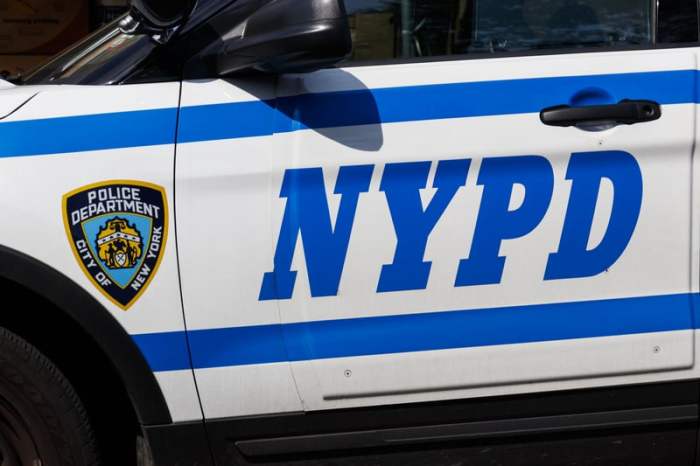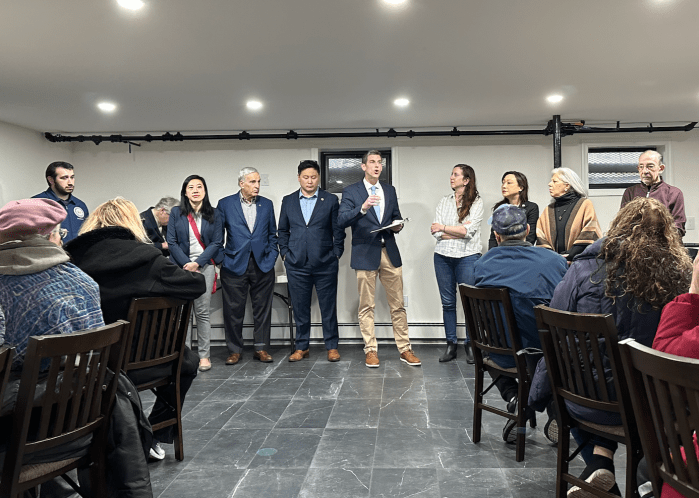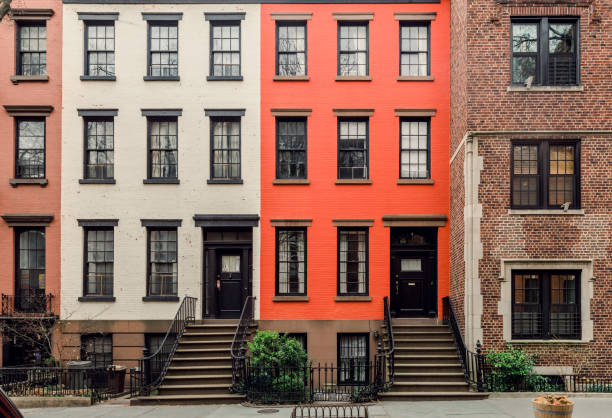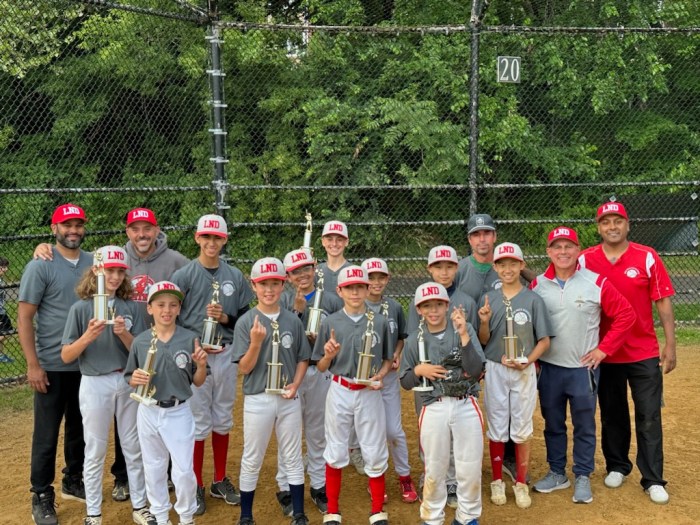By The Greater Astoria Historical Society
It was March 1955 when the city announced plans to inject 250,000 tots with the polio vaccine. The city public health commissioner explained that the effort to eradicate polio would involve all first- and second-grade school kids.
A force of more than 400 doctors, assisted by a like number of nurses and other health care workers, were to fan out across the city. The commissioner also urged parents to get all three doses for their kids before the start of the polio season.
l
According to Robert Moses, the proposed $120 million Throgs Neck Bridge and Clearview Expressway would be built as planned — or not at all.
He said “it cannot be financed, and therefore cannot be built without suitable approaches. The ramps serve the needs of the public and [there would be] a tremendous increase in construction costs if they were put in the wrong place.”
He disputed the number of homes destroyed and families displaced. Moses claimed the project would have taken only 536 instead of 800 homes, and displaced 600 instead of 1,000 families.
l
The city announced plans to destroy the natural beauty of Alley Pond in Douglaston, once the crossroads for northeast Queens. The pond where Thomas Foster built his stone fort in 1637 was to be partly filled in to provide a firm base of the $1.9 million bridge on the Long Island Expressway.
The result was to be a kidney-shaped pool much in the modern style, “a suitable adornment for the ultra-modern $30 million depressed eight-lane super highway,” read official reports on the project.
l
More than 3,500 policemen jammed Lost Battalion Hall in Elmhurst protesting a “skimpy” pay raise. In a fiery talk delivered to an overflow crowd, Patrolmen Benevolent Association President John Carton asked the police to demonstrate at City Hall when Budget Director Abraham Beame presented his final recommendation to the City Council.
It was the first mass demonstration by police in city history. The city proposed a slight raise for 1955, followed by a disappointing $100 yearly increase in 1956. Police, whose starting pay was $3,915, were urged to endorse their paychecks with the words “under protest.”
l
Gertz department store, still run by founding Ben Gertz’s sons Harry, Max, Sam and Louis, advertised that it was celebrating its 44th anniversary. Their three-year-old Flushing store was the largest retail establishment on Long Island.
l
The 1955 basketball season featured teams in New York, Boston, Philadelphia, Minneapolis, Syracuse, Fort Wayne, Rochester and Milwaukee. Playing in New Haven, Conn., the New York Knicks defeated the Boston Celtics, but both teams almost did not take the floor because nobody brought along an official league basketball.
l
Wilt “The Stilt” Chamberlain, the most sought-after high school player in the nation, was barred from playing in the Flushing YMCA Boys Invitation Basketball Tournament.
Tourney director Jess Brown said, “Chamberlain is not a metropolitan area boy, and this tournament is designed for local teams.”
More than 125 colleges sent Chamberlain invitations for fall enrollment.
l
Capt. John Powers, accompanied by a sergeant and six patrolmen, broke up a charity card party for the Heart Fund at Maspeth Legion Hall.
More than 300 angry women, evicted before they had coffee and cake, demanded an apology from police. Police Commissioner Francis Adams ordered an inquiry of the charity party raid.
The Heart Fund lost $1,500.
































